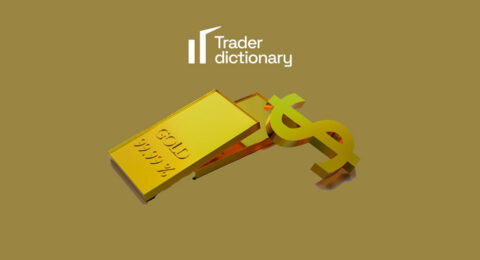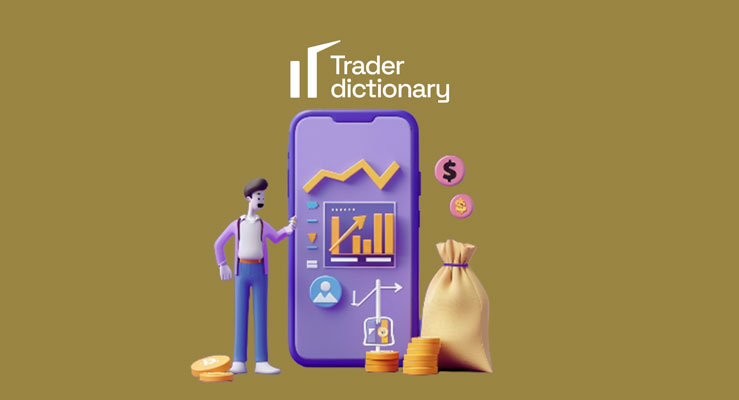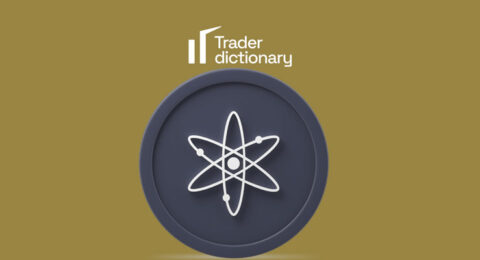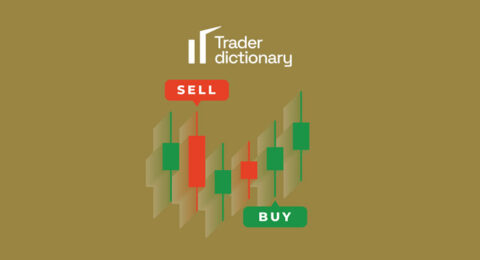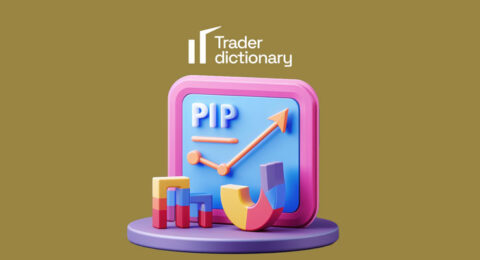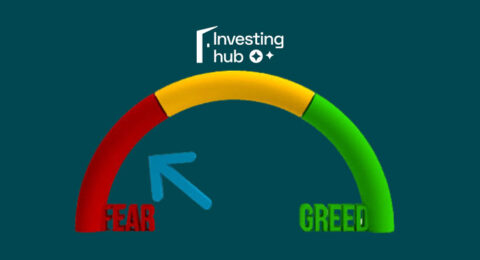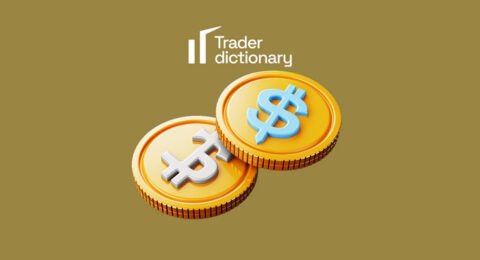In the world of Forex trading, understanding how to calculate lots is one of the basic but extremely important steps when starting your journey to become a Forex trader. Lots are not just a unit of measurement; they directly affect the level of risk and profit in each of your trades. In this article, we will provide you with detailed and easy-to-understand information about how to calculate lots in Forex, helping you make smart and effective investment decisions. Let’s explore and master this skill together!
What is a Lot? What is a Lot in Forex?
Simply put, a lot is a unit of measurement used to determine the size of a trade in the Forex market. It’s like buying a “batch” of goods in business – “lot” here refers to the quantity of the product you are buying or selling.
In Forex, a standard lot usually equals 100,000 units of the base currency. For example, when you trade 1 lot of EUR/USD, you are actually trading 100,000 Euros. However, you don’t always have to trade in such large quantities. That’s why the Forex market also offers smaller lot sizes like mini lots (10,000 units), micro lots (1,000 units), and even nano lots (100 units) to suit the needs and capabilities of each investor.
Understanding lots helps you better manage risk in trading. You will know exactly how much you are investing, allowing you to calculate the level of risk and profit more accurately. This is a basic but extremely important skill that every trader, whether new or experienced, must grasp.
1 Lot Equals How Much?
In the simplest language, a lot is a unit of measurement used to determine the size of a trade. In Forex, a standard lot usually equals 100,000 units of the base currency. This is basic but extremely important information that every investor should know.
To understand better, let’s assume you’re trading the EUR/USD currency pair. When you trade 1 lot, you’re trading 100,000 Euros. The amount in USD will depend on the current exchange rate. This calculation helps investors understand more about the scale and actual value of the trade they are conducting.
For those who do not want to trade in large quantities, the Forex market offers options like mini lots and micro lots, with corresponding values of 10,000 and 1,000 units. This allows even small-scale investors to participate in the market flexibly and according to their capabilities.
How to Calculate Lots in Forex
To understand how to calculate lots in Forex, we need to consider some important factors. As I explained earlier, a lot is a unit of measurement to determine the size of a trade. This calculation is not only important to know how much currency you are buying or selling but also affects the level of risk you are willing to accept in each trade.
First, you need to determine the type of lot you want to trade: standard, mini, micro, or even nano. Each lot type has a different currency value. For example, a standard lot equals 100,000 currency units, while a mini lot is 10,000 units, a micro lot is 1,000 units, and a nano lot is 100 units.
Next, you need to calculate the pip value for each lot type. A pip is the unit of measurement for the smallest price movement in Forex. The value of a pip depends on the lot type and the currency pair you are trading. For example, if you are trading EUR/USD with a standard lot, one pip typically has a value of around $10 USD. However, this value will change if you trade with a mini, micro, or nano lot.
Finally, once you have determined the lot type and pip value, you can calculate the total value of the trade. This helps you determine the level of risk and profit potential in each trade. All these calculations are important in building an effective and personalized trading strategy.
Why Learn How to Calculate Lots in Forex
Understanding how to calculate lots is an indispensable part of a trader’s knowledge as it directly affects how you manage risk and your investment strategy.
Firstly, calculating lots helps you accurately determine the size of the trade. Knowing how much money each trade represents helps you understand the risk you are accepting and the capital you are investing in a specific position.
Next, understanding how to calculate lots also helps you implement effective capital management strategies. You can adjust the size of your trades to match your risk tolerance and investment goals, optimizing profits and limiting risks.
Additionally, lot calculation is also the basis for applying stop loss and take profit appropriately. You need to meticulously calculate the target price and the price at which you will cut losses, based on the size of the lot and market conditions.
Finally, understanding lots also helps you fine-tune your trading strategy to your personal style and skills. Each trader has a different trading style, and choosing a lot size that suits that style is key to success in the Forex market.
Example of Calculating Lots in Forex
An example of calculating lots in Forex will clarify how to apply this knowledge in real trading. To explain this, I’ll provide a specific example from my experience at connextfx.com.
Suppose you want to trade the EUR/USD currency pair and choose to trade with a mini lot. As we know, a mini lot equals 10,000 units of the base currency. With EUR/USD, if the current price is 1.1200, the total value of the trade is 10,000 x 1.1200 = 11,200 USD.
Now, consider the value of a pip. In Forex, a pip is usually the smallest movement in the fourth decimal place of the exchange rate. In the case of EUR/USD, one pip equals 0.0001. For a mini lot, the value of one pip is $1 USD. If EUR/USD goes up from 1.1200 to 1.1210, it means the price has increased by 10 pips. So, your profit from this trade would be 10 pips x $1 = $10 USD.
As in the example above, calculating lots helps you clearly determine the trade value and potential profit or risk. This is extremely important for managing capital and your trading strategy. Understanding how to calculate lots and applying it flexibly in trades will help you become a smart trader capable of effectively controlling risks.
What Should You Pay Attention to When Using Lots?
First, risk management is the most important factor. You need to determine the number of lots appropriate for the level of risk you are willing to accept. Don’t forget the rule of “never risking more than 2% of total capital in a single trade”. This helps you limit the risk of significant losses and maintain stability in your trading account.
Second, understand leverage and its impact on lots. High leverage can increase profit opportunities from trades but also increase the risk of losses. Choosing leverage that matches the lot size and your trading strategy is extremely important.
Third, determine profit goals and appropriate stop-loss levels for each trade. You need to calculate meticulously to determine the target price and the price at which you will cut losses, based on the size of the lot and market conditions.
Finally, always remember that knowledge and experience are key. Don’t hesitate to spend time researching and practicing on a demo account before making real lot trading decisions. Knowledge and experience will help you better understand how to use lots effectively and safely.
Conclusion
This is a basic but extremely important skill, helping you determine the appropriate trade size and effectively manage risks. Remember that success in the Forex market not only comes from making the right trading decisions but also from wisely managing capital and risk. We believe that with the knowledge shared, you will continue to develop and enhance your trading skills. We wish you much success and safety on your investment journey!


